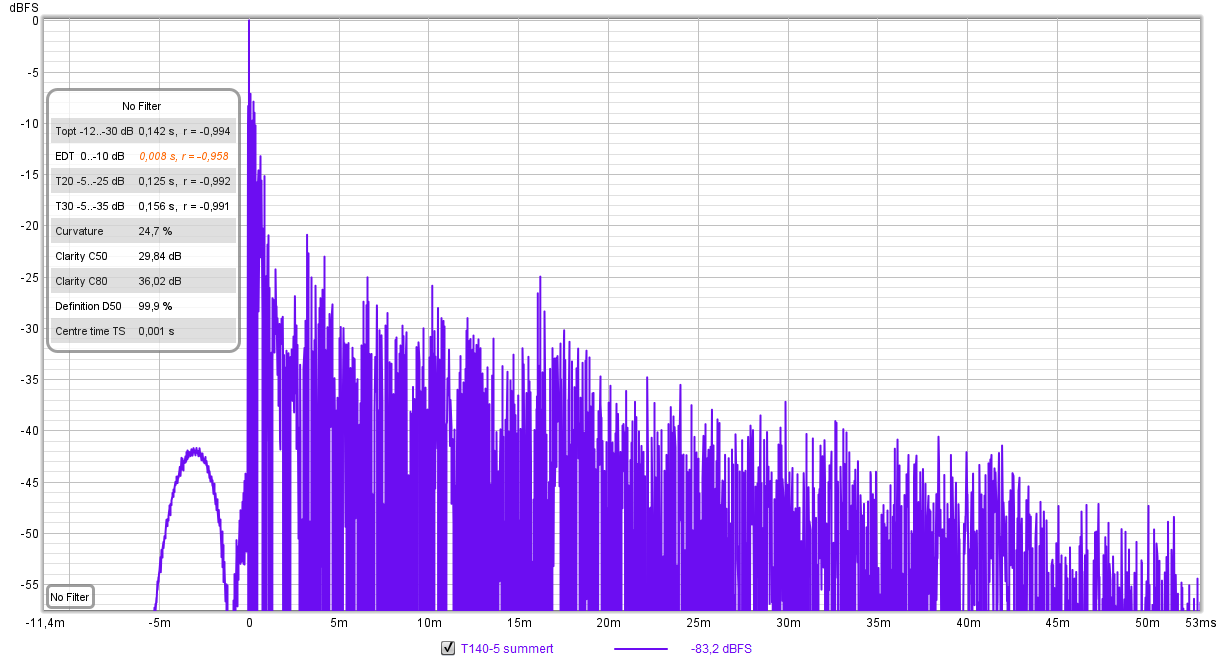Acoustics Service at Kvålsvoll Design
Working on loudspeakers and sound systems has over the years lead to both practical and theoretical knowledge on how to create rooms with good acoustic properties.
This is now made available as a service:
https://www.kvalsvoll.com/Services/roomacoustics_en.htm
You get to see what it takes to fix the room, with rendered images like this:

This room now looks like this:

Choose between 2 options; complete fix, or just a quick assessment.
Acoustics Project:
https://www.kvalsvoll.com/Services/roomacoustics_en.htm#5
Complete guide for acoustic treatment
We fix your room. Starting from specification, we design it and make a 3D-model of the room, it is built and implemented, then we do evaluation, and make adjustments if needed.
Mini Acoustics Project:
https://www.kvalsvoll.com/Services/roomacoustics_en.htm#6
Quick assessment of acoustic treatment.
You get to see a proposal for acoustic treatment of your room, with overview picture and selected views from inside the room.
For contractors/interior designers/home renovators:
Use our Acoustics Service to deliver complete solutions for rooms. With state-of-the-art acoustic performance, at reasonable cost, it will also look great.
You have the tools, skill and manpower to build this.
Working on loudspeakers and sound systems has over the years lead to both practical and theoretical knowledge on how to create rooms with good acoustic properties.
This is now made available as a service:
https://www.kvalsvoll.com/Services/roomacoustics_en.htm
You get to see what it takes to fix the room, with rendered images like this:
This room now looks like this:
Choose between 2 options; complete fix, or just a quick assessment.
Acoustics Project:
https://www.kvalsvoll.com/Services/roomacoustics_en.htm#5
Complete guide for acoustic treatment
We fix your room. Starting from specification, we design it and make a 3D-model of the room, it is built and implemented, then we do evaluation, and make adjustments if needed.
Mini Acoustics Project:
https://www.kvalsvoll.com/Services/roomacoustics_en.htm#6
Quick assessment of acoustic treatment.
You get to see a proposal for acoustic treatment of your room, with overview picture and selected views from inside the room.
For contractors/interior designers/home renovators:
Use our Acoustics Service to deliver complete solutions for rooms. With state-of-the-art acoustic performance, at reasonable cost, it will also look great.
You have the tools, skill and manpower to build this.







